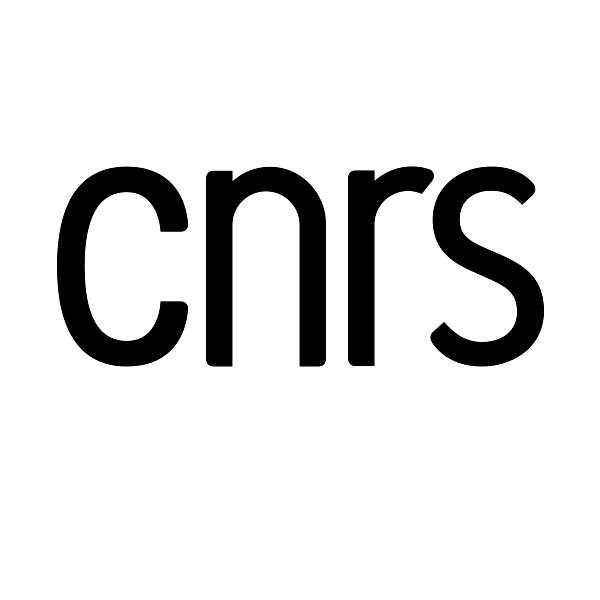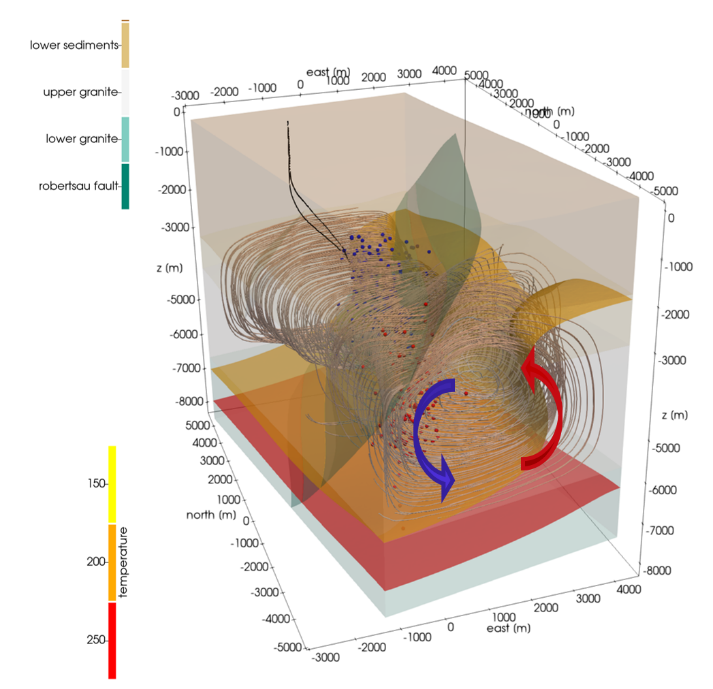The European project DT-GEO, launched to develop digital twins of extreme geological events such as earthquakes, tsunamis, and volcanic eruptions by combining geosciences and high-performance computing, is coming to an end after three years of international collaborative research. For ITI GeoT (WG1 Seismology / WG9 Modeling), involving ITES and ICUBE, this project has been a unique opportunity to deepen the understanding of deep geothermal reservoirs with the aim of predicting induced seismicity, focusing on a specific case study: the seismic crisis in Vendenheim (2019–2021).
Among the key outcomes, ITI GeoT contributed to characterizing the spatio-temporal behavior of induced seismicity during hydraulic stimulations. Thanks to the EPISODES platform, statistical approaches helped identify generic trends in the distribution of seismic events at both regional and international scales. These analyses provide a valuable framework for anticipating seismic responses during future stimulation operations.
Another essential aspect of the project focused on understanding the mechanisms behind the triggering of seismicity far from the wells, particularly within the GeoRhin project in Vendenheim. ITI GeoT developed a large-scale numerical model (8 km × 8 km × 6 km), based on the MOOSE/GOLEM platform and integrating the regional geological model GEORG. This model includes the main lithologies and faults of the region, enabling realistic in-silico simulations of the reservoir’s geomechanical responses.
The results reveal that the natural hydrothermal circulation of fluids at great depths can generate strong spatial heterogeneity in the medium’s sensitivity to stress perturbations. This heterogeneity could explain the occurrence of induced seismicity several kilometers away from injection zones, in specific regions such as Robertsau during the Vendenheim seismic crisis. These observations raise crucial questions about the actual extent of the influence zone of deep geothermal projects and call for a revision of associated risk models.
In conclusion, DT-GEO has enabled ITI GeoT and its partners ITES and ICUBE to make significant progress in the numerical modeling of geothermal reservoirs and the analysis of induced seismic phenomena. These scientific advances strengthen researchers’ ability to anticipate the impacts of geothermal projects and contribute to their sustainable development.



